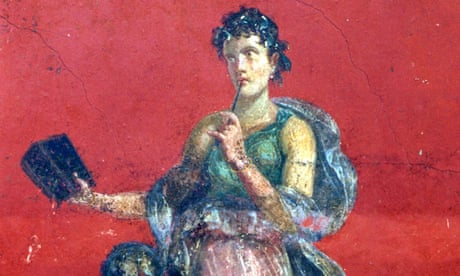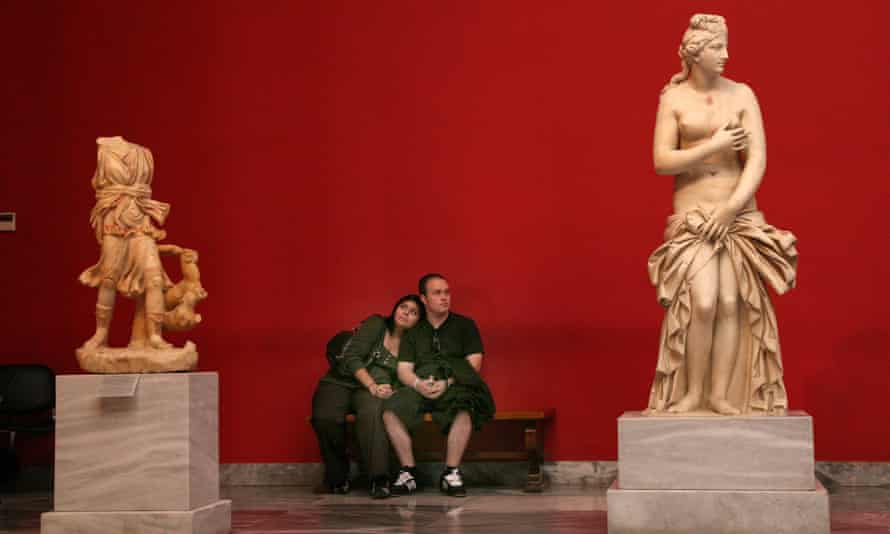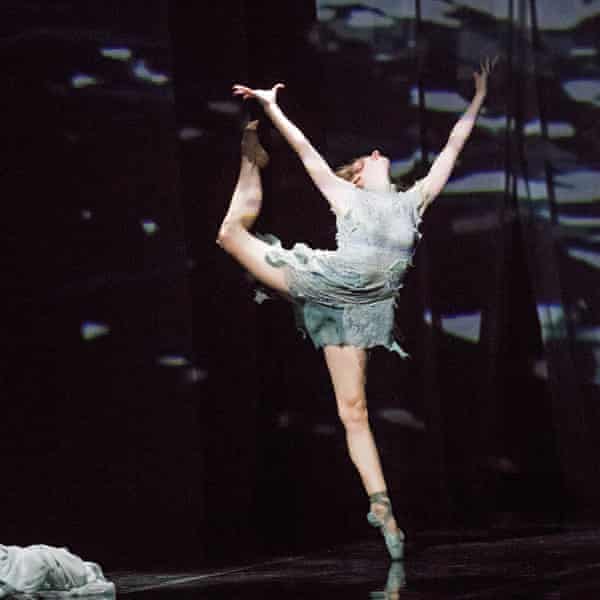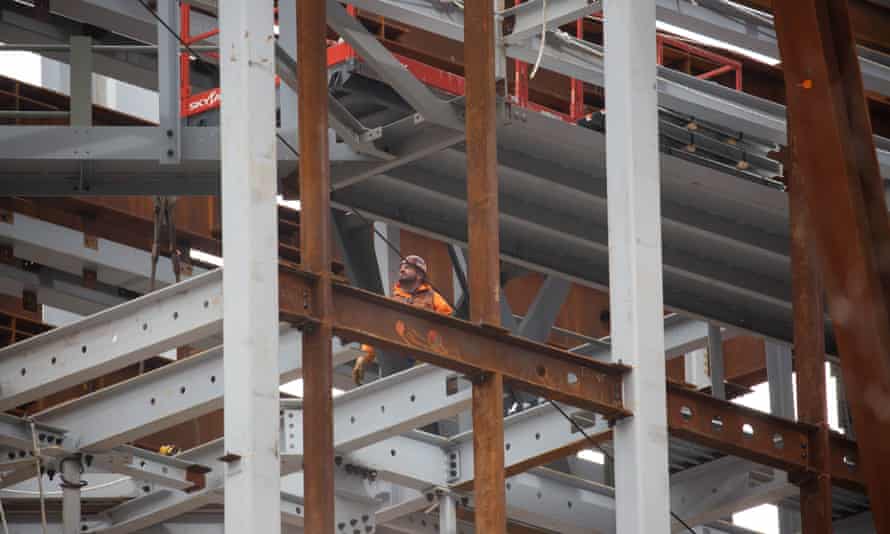The political consequences of Kenney's 4th-wave vacation
Alberta premier hasn't been seen by the public in weeks, leaving a vacuum filled with critics and concern

In Alberta, COVID-19 hospitalizations are up, case counts are up, and anxiety, too. Schools are reopening, some workplaces are returning, vaccinations are lagging. "Best Summer Ever" hats, meanwhile, are still for sale on the United Conservative Party website.
And there sits an empty podium.
Taking a casual stroll through social media in Alberta these days, it's hard to ignore a common question: Where is Jason Kenney? Why has the premier been silent in public since Aug. 9, as the delta-driven fourth wave of the pandemic surged?
The absence appears, for all intents and purposes, to be a direct refutation of everything that's known about communications in a crisis: Get out front, be clear, calm people down, empathize, never leave a vacuum.
But does it matter?
Without a guiding voice, citizens, businesses and organizations are left to fill a void, with their own policies and procedures, their own personal decisions or their own misinformation. There are many questions that have been left unanswered in the absence, including the rationale for lifting almost all COVID-19 restrictions this summer.
Critics of the government have also filled the space left by the premier, ministers and the chief medical officer of health and the message has spiralled well out of the government's control.
So why then has the premier been missing in action?
Where is Kenney?
Kenney's office says he was simply on a well-deserved vacation and that he was in constant contact with officials. On Wednesday, the office said he had returned to work. It's not known where the premier was.
It was a similar argument laid out by Finance Minister Travis Toews on Tuesday as he spoke to reporters after presenting the province's fiscal update.

"There has been communication, daily communication around the pandemic and I have full confidence in our chief medical officer of health and our health minister to, at the appropriate time, make themselves available for the press," he said.
"Look, we're in the fourth wave at this point in time. The delta variant is very contagious. Cases are going up. That wasn't unexpected at this point in time."
Kenney's office has not yet responded to questions for this article.
It's hard to argue with the need for a vacation. The premier is not known to be lazy and the pace of the pandemic would be gruelling for any leader. Give the guy a break.
But it's also hard to understand the timing of it all, or why there hasn't been a minister who stepped up to answer questions for the premier.
In an article on crisis communication and COVID for doctors published last year by the journal Clinical Infectious Diseases, the authors argued that emotional responses to pandemic public health measures require a steady communicative hand.
As the public tires of uncertainty tied to a novel virus, that becomes even more important.
"This uncertainty can again increase anxiety, stress and fear, causing the public to dismiss risk altogether, or become angry about mitigation strategies," they wrote.
"Communicating actionable steps for the public to take can help to reduce this anxiety and fear by increasing a sense of agency and personal control."
Without a guiding hand, the vacuum gets filled.
Crisis communication and the vacuum
In the absence of briefings or public appearances by either Kenney or the chief medical officer of health, Dr. Deena Hinshaw, a group called ProtectOurProvince, which includes physicians critical of the government's pandemic response, has sprung up to offer regular updates.
Hinshaw has not made a public appearance since Aug. 13, when she delayed the province's plans to lift testing, tracing and isolation measures until at least Sept. 27.
"We really don't have very far to go before the [health-care] system is completely overloaded, not just because of the number of cases but because of burnout," Dr. Ilan Schwartz of ProtectOurProvince said Monday.
"I've never seen my colleagues in the ICU more despondent in the last week … in part because this wave is entirely preventable."

It's not the kind of message a government would usually allow to dominate the headlines without a response.
It's also just one side of the coin.
"The thing is, their absence is not just leaving a void with the pro-vaccination people, it is also leaving a void with the anti-vaccination people," said Janet Brown, a Calgary-based pollster who runs Janet Brown Opinion Research.
She points to the City of Edmonton bringing back a mask mandate and the Calgary Flames requiring proof of vaccination for spectators as two examples of changes being implemented without the province.
"I mean, if I'm an anti-vaxxer, am I happy that Jason Kenney is not responding to that?" she said.
The opening for critics is especially hard to understand in the context of who Kenney is.
"Everything I know about politics and Jason Kenney is that Jason Kenney loves the battle, right?" said David Taras, professor of communications studies at Calgary's Mount Royal University.
"He loves this smoke of war, right? He loves to be engaged and he loves the headlines. And not to be there? Not to be on the field of battle? Very strange."
That's not to say there isn't plenty of speculation as to why.
Why?
Sifting through the theories as to why the premier has been so quiet, some percolate to the top. Chief among them is that Kenney is so unpopular and controversial at this time that either he is maintaining, or has been asked to maintain, a low profile during the tight federal election campaign.
Kenney has held the lowest approval rating of any premier throughout much of the pandemic and the UCP has trailed the NDP of late in both polls and fundraising.
Brown argues the downside of that keep-away strategy for Kenney far outweighs any positive impact it could have.

Taras says he can't account for what goes on within the federal Conservative Party, but there would likely be people who would want Kenney to stay out of the picture. Or perhaps Kenney is worried about internal ideological battles within his own UCP.
"The only logic that I can think of is that they don't know what to do, that they're paralyzed," said Taras.
"That they've just sort of trapped themselves in a series of decisions. That he can't get out of that. That he's played his cards poorly, that he's lost the public trust and doesn't know how to regain it."
In June, shortly before his government removed most public health restrictions, Kenney said they did not expect to see a scenario where case counts rose dramatically. His government opened quickly, removed restrictions ahead of any other province and pushed hard to turn the page on the pandemic.
"If we see any unforeseen circumstances, we will respond to those in due course," he said in June.
The lack of response and the perception his government is paralyzed could have political consequences for the leader and his party.
The consequences
Brown hasn't conducted any recent polls she can point to that might indicate the impact of Kenney's vacation, but she says she conducted focus groups on Monday night and nobody had anything positive to say about the premier.
"I was hearing really, really harsh language," she said.
"But what was so surprising was I was hearing harsh language from people who I would have, in another period in time, expected a more sympathetic tone toward the premier and a conservative party."
It's a snapshot that fits into a larger picture of a party and a leader that are struggling to maintain the support that launched them into government in 2019.

Politics is, after all, a profession of self-promotion and image control. When things get tough, the leader appears with sleeves rolled up, ideally with a hint of crust in the eyes to suggest a sleepless night of policy debates.
When critics attack, you refute, you fight, you defend or demur, but you try to control the message.
In the middle of a pandemic, you speak to the citizens impacted by every uptick in cases.
Without those responses, the message gets away from you and building trust becomes increasingly difficult.
"For a government to have gone silent for three weeks, in the middle of a health crisis is ... I can't even come up with a parallel that's even close," said Brown.























